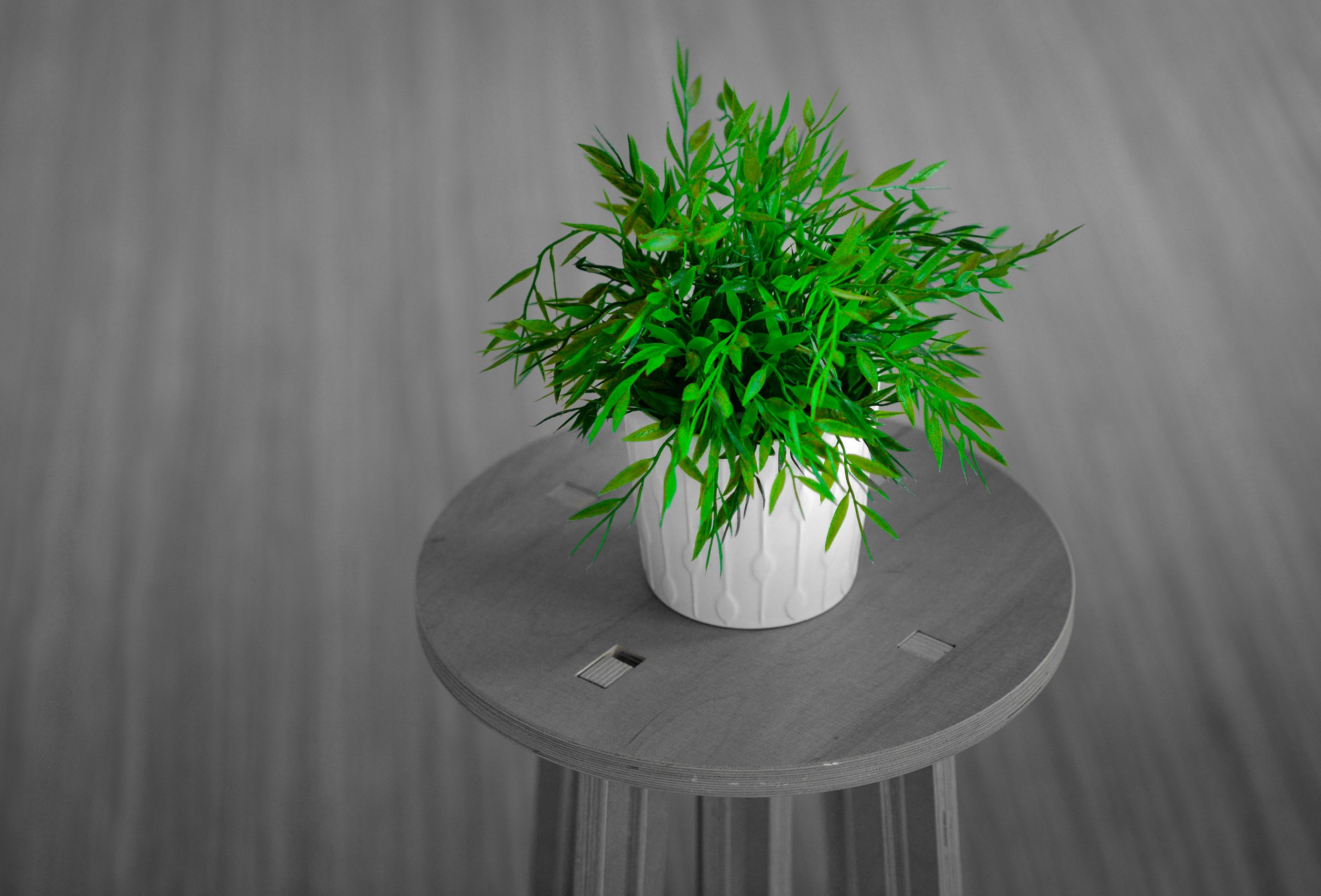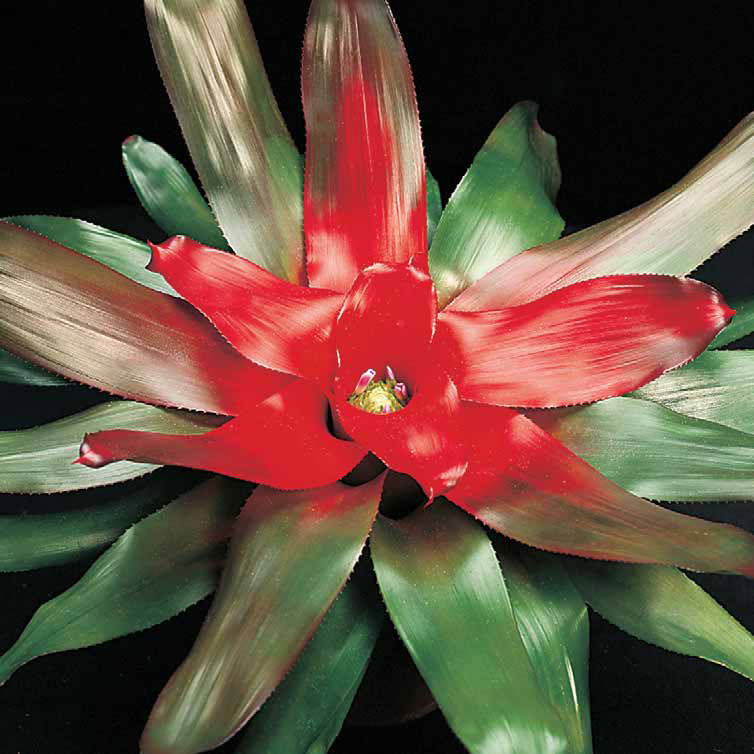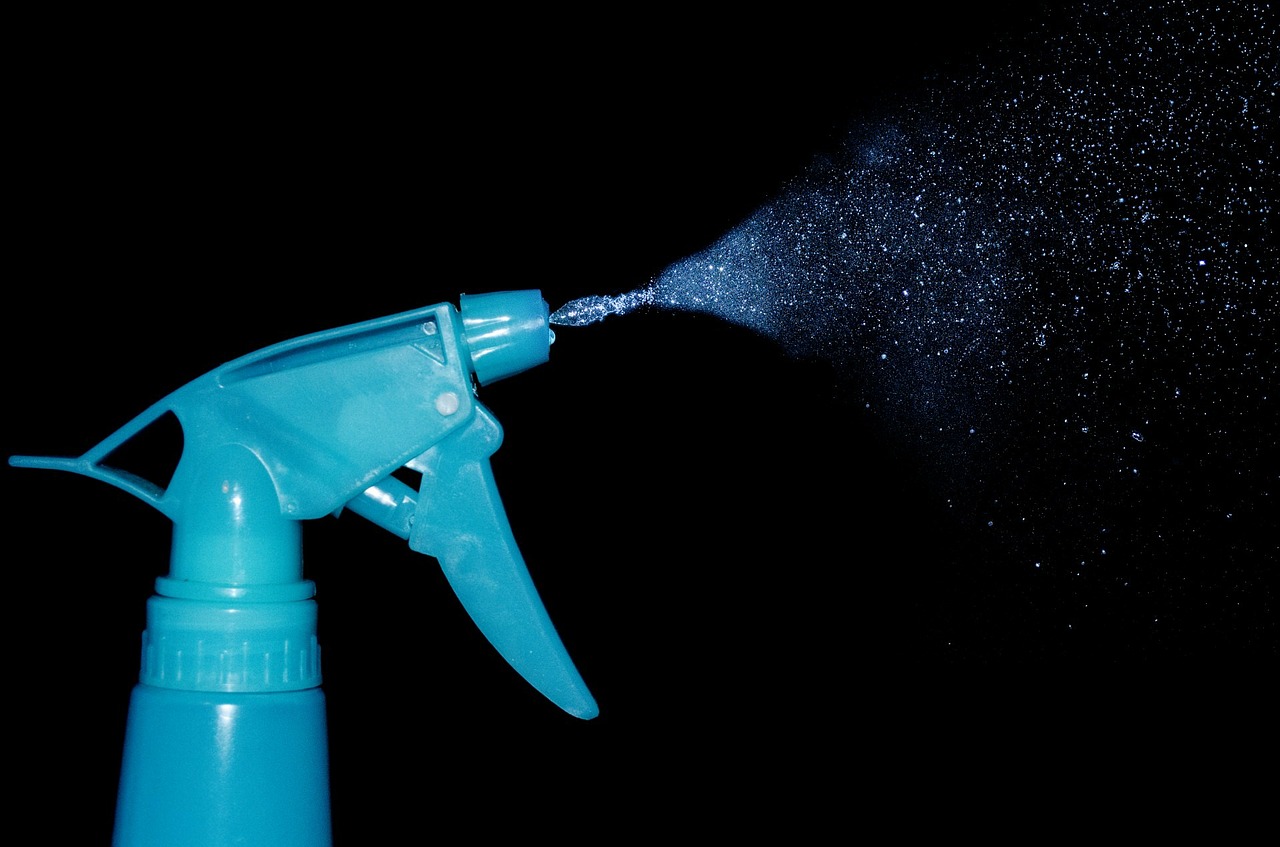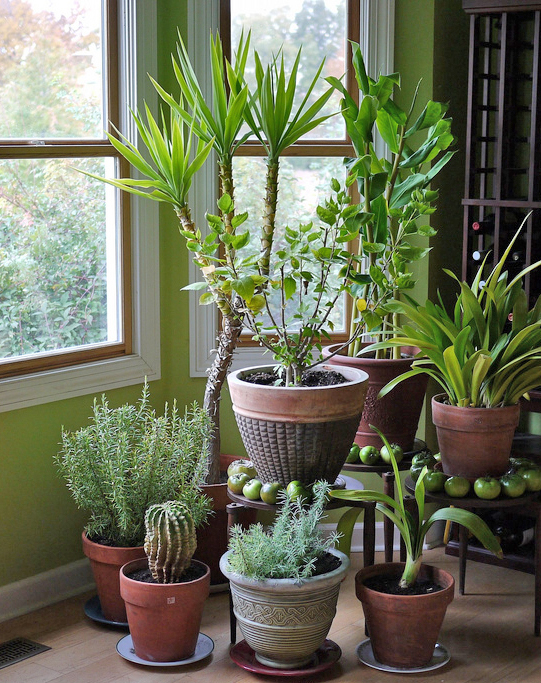Winter has hit San Diego along with the rest of the U.S. No polar vortex here, thank goodness, but we know it’s winter without needed snow on the ground or freezing daytime temperatures. We feel the change of seasons even if we don’t have to shovel driveways or scrape windshields.
Plants feel the change of seasons, too – even your indoor plants. Your container plants at home and in the office grow in the spring and summer and go dormant in the winter just like their outdoor cousins. During these cooler months, conditions change inside where your indoor plants live. Less sun comes through your windows. Temperature changes swing to greater extremes between day and night, especially if you leave the house and turn your heater off all day – or leave the office for the weekend. Humidity levels can drop significantly, especially when you fire up the heater to ward off the chill. Your indoor plants don’t like this. Their only way to protest? Stop growing, turn brown or yellow, wilt, and die on you.
You need to adjust how you care for your indoor plants during the cooler months of the year. Most important are light, temperature, and humidity changes. First, chances are good you’re not heating your home or office up to the 78-degree mark, and at night or over long weekends it can hit the low 60s or even 50s.
Next, San Diego’s already low humidity falls even lower inside when we fire up our heaters. In heated homes it can drop to 10 percent in winter. Plants like it closer to 50 percent. Dry air is extremely damaging to your plants. Many indoor plants are native to tropical climates, which makes it even worse. Rainy days and weaker winter sunshine means your plants don’t get as much light as they do during spring and summer months.
If you want your indoor plants to stay healthy and stick around until warmer days return, follow these care tips from the pros here at Good Earth Plant Company.
Provide a little extra humidity for your indoor plants in the winter Spray them with plain water. Photo: PublicDomainPictures – Creative Commons License
- Add humidity to the air. You can mist your indoor plants once a day, but two or three times is even better. Tropical houseplants love a little humidity. You can also position them closer to sources of water. Move them into a spot in the kitchen or bathroom, or even near an indoor water feature like a desktop fountain. If you run a bedroom humidifier, let your plants enjoy it too. Finally, consider grouping your plants in a good spot together during winter months. Plants naturally release water through their leaves by transpiring and grouping them together will put that moisture to maximum use.
- Don’t overwater. No, we aren’t contradicting what we just told you about increasing humidity. You don’t need to water your plants as often in the winter. Plant growth naturally slows down in the fall and winter when there are fewer natural resources like sunlight, so they want less water. You can often cut your watering schedule in half for tropical plants. Low-water use plants like succulents need even less water. Just don’t forget to start watering regularly again in the spring
- Light it up The sun’s angle comes in lower during fall and winter, and our days are shorter. Your plants get a lot less light than they did in spring and summer. If you have houseplants that like bright light, move them to the brightest spot you can for the next few months. You can also rotate different sides toward the sun to help the whole plant absorb whatever light is available.
- Keep plants clean. Wipe off any dust or grime on the leaves of your houseplants with a damp soft cloth. Dust and dirt can block a plant’s ability to “breathe” and absorb humidity.
- Don’t feed or fertilize. While you could try and force your plants to grow year round, let them follow the natural rhythm of the seasons. Stop giving them any fertilizer in October, and withhold any plant food until spring.
- Don’t repot or replant. For the same reasons, wait until spring to repot a favorite houseplant.
Even though we don’t have dramatic season changes in San Diego, it’s still important to follow nature’s rhythms. It’s wintertime no matter how warm our weather seems to your friends in New Jersey. This rest period allows your plants to rejuvenate and come back even stronger in the spring.





